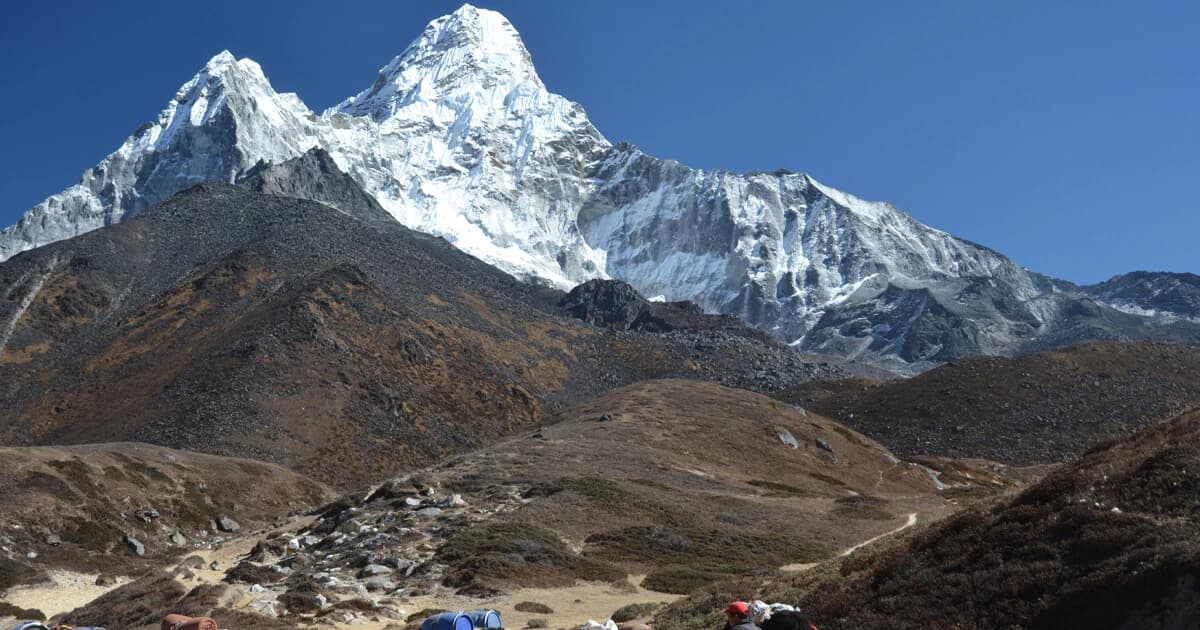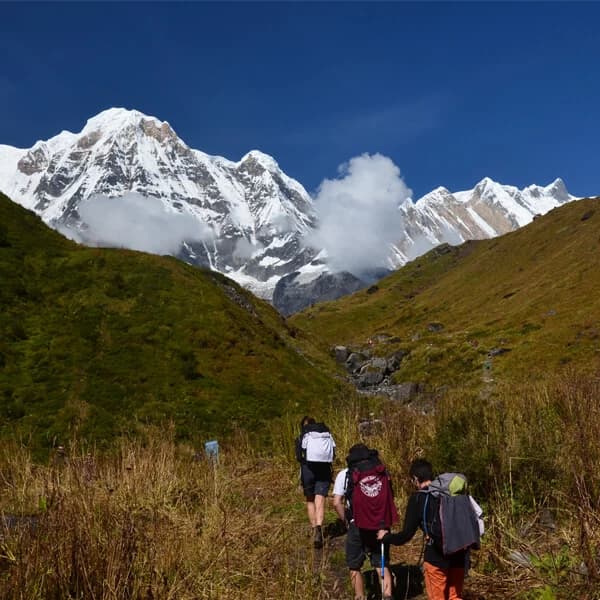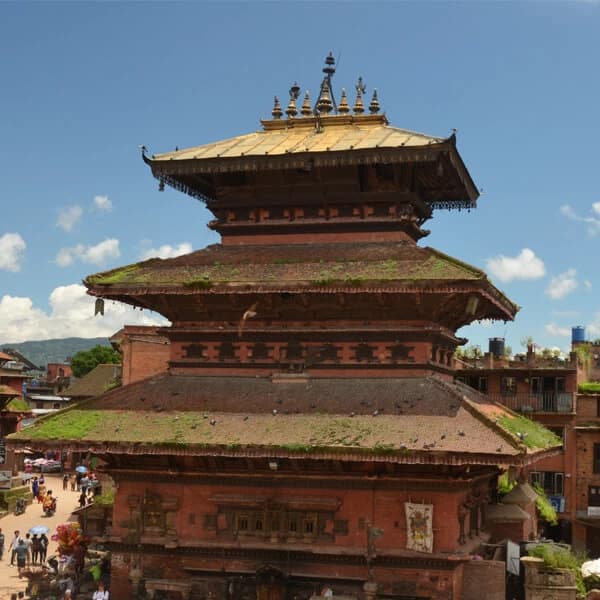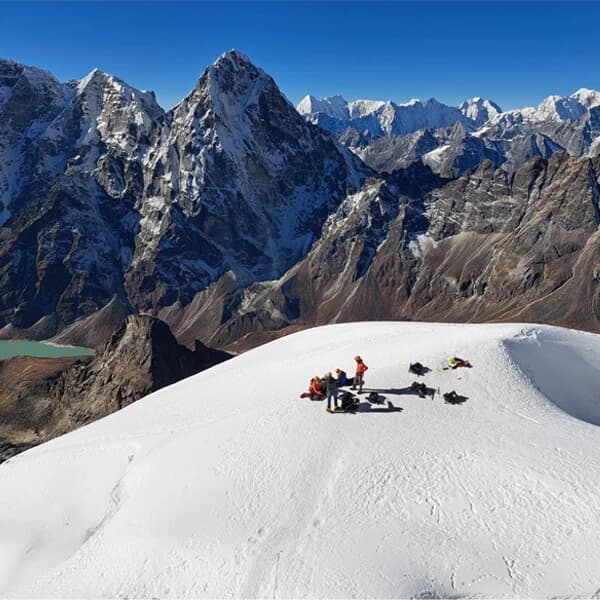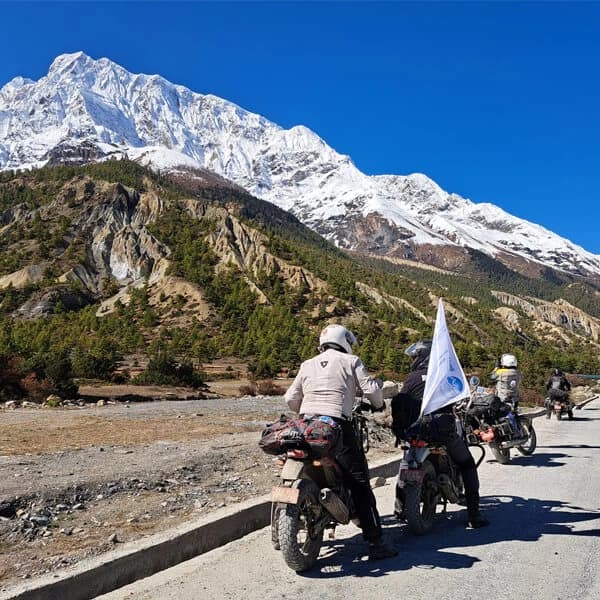Nepal is a small, landlocked country in South Asia, bordered by China to the north and India to the east, west, and south. It is renowned for adventure trekking, tours, climbing, and expeditions, making it a popular destination globally. Nepal is home to eight of the fourteen highest peaks in the world, including Mt. Everest, which is the highest mountain on Earth. In addition to these towering peaks, numerous mountains reach over seven thousand and six thousand meters. The country's population is approximately thirty million, and it spans an area of 147,516 square kilometers.
Geologically, Nepal is divided into three regions: the Himalaya Region, the Hilly Region, and the Terai Region. The Himalayan Region, which begins at elevations of 3000 meters and above, is particularly popular for trekking, peak climbing, and mountaineering. Meanwhile, the Hilly and Terai Regions are favored for agriculture and wildlife safari tours. The Himalayan Region covers 15 percent of Nepal's total area, the Hilly Region encompasses 68 percent, and the Terai Region accounts for 17 percent.
For mountain enthusiasts, Nepal is the ultimate destination. Each year, nearly one million people from around the world choose to spend their holidays in Nepal. Below are the eight highest mountains in Nepal, among the fourteen highest in the world.
| SN | Name of Mountains | Altitude in Metres | Notes |
| 1. | Mt. Everest | 8848.86 | The highest mountain in the world |
| 2 | Kanchenjunga | 8586 | The third-highest mountain in the world |
| 3 | Lhoste | 8516 | The fourth-highest mountain in the world |
| 4 | Makalu | 8485 | The fifth-highest mountain in the world |
| 5 | Cho Oyu | 8188 | The sixth-highest mountain in the world |
| 6 | Dhaulagiri I | 8167 | The seventh-highest mountain in the world |
| 7 | Manaslu | 8163 | The eighth-highest mountain in the world |
| 8 | Annapurna I | 8091 | The tenth-highest mountain in the world |
Nepal's diversified culture is another thing that sets it apart from other countries, in addition to the mountaineering and trekking activities. According to estimates, there are approximately 125 distinct ethnic groupings of people, and there are 123 distinct languages spoken. Every ethnic group of individuals departs together in a state of equilibrium and peace. Each of these communities has its distinct customs and celebrations. Hinduism is the predominant religion in Nepal, with approximately 81 percent of the population adhering to the Hindu religion. Nine percent of the population adheres to the Buddhist religion, five percent adhere to the Islamic religion, and the other individuals are indigenous and Christian.
Attractions of Nepal
Nepal is a paradise for both cultural and adventure tourism, boasting ten UNESCO World Heritage sites. Nepal, renowned for its majestic mountains, also boasts that 25 percent of its total area is covered by lush forests, making it an excellent destination for wildlife safaris and hunting. Furthermore, it is recognized as the second richest country in the world in terms of water resources, offering easy-to-technical-grade rafting, so Nepal caters to the interests of all types of tourists, whether you seek a relaxing cultural and wildlife safari, light to advanced trekking, peak climbing, expeditions in the Himalayas, rafting, bungee jumping, or helicopter tours of the Himalayas. For more details about attractions in Nepal, refer to the activities listed below.
